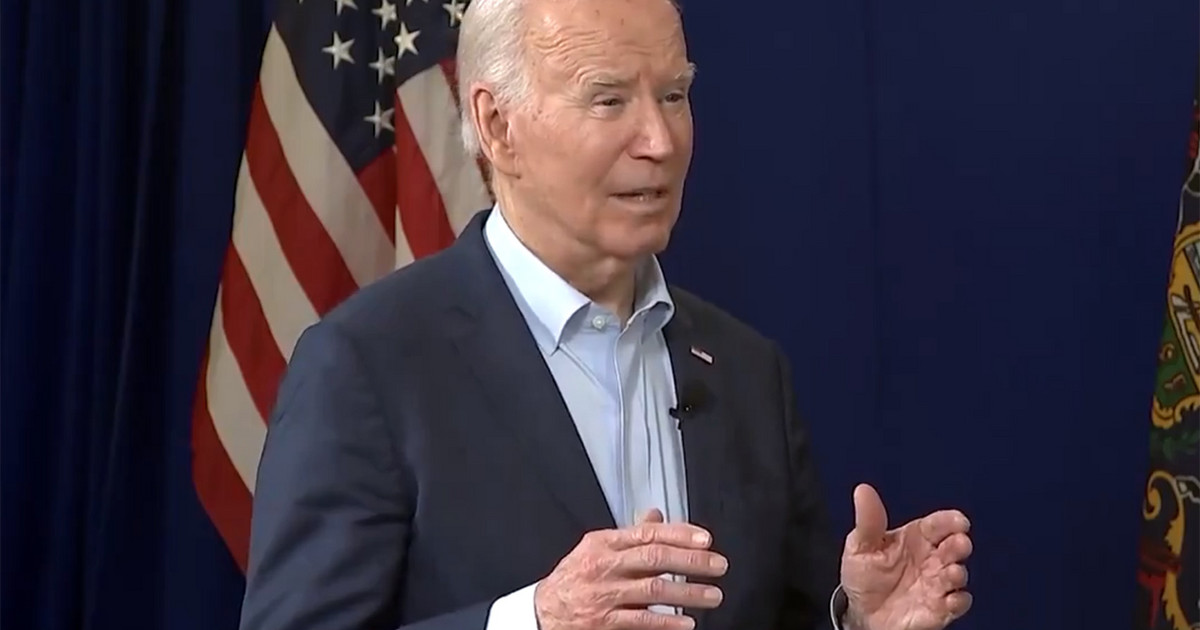Evidence of international arms deals is particularly important at a time when a new war is raging in Europe. These are statistics of the Stockholm-based International Peace Research Institute SIPRI, which cover the period 2017-2021 and compare it with it between 2012-2016. Although they do not reflect the war in Ukraine, they are already showing growing armaments trends in Europe. Because, despite the fact that the world arms trade decreased by at least 4.6%, European countries bought 19% more weapons, with the result that the continent recorded the largest increase of all other regions of the world. Peter Wetzemann, one of the authors of the SIPRI research, speaks of a “worrying new piece of equipment”
Shadow of the Russian-Ukrainian conflict
According to Ian Anthony, head of the European security department at the SIPRI Institute and an expert on Russia, the latest figures already contain NATO’s response “to the Russian annexation of Crimea in 2014 and the aggression in the Donbas,” he told Deutsche Welle. . “In 2014, NATO decided to reverse the downward trend in defense spending.” Of interest in connection with the Russian invasion of Ukraine are some significant differences between individual arms exporters. Surprisingly, arms sales from Russia, the world number two in the field after the United States, have fallen by 26%. This is, of course, almost entirely due to restrictions on orders from just two countries, India and Vietnam, where India is expected to resume large arms purchases from Russia in the coming years, according to the SIPRI report. The decline in Chinese sales was even greater and reached 31%.
Germany, the fifth-largest arms exporter, also sold less armaments, down 19%. On the other hand, arms exports from the US increased by 14% compared to the previous survey period and France, number three in the world ranking, recorded an increase of 59%. Even though SIPRI figures only cover the period up to the end of last year, the escalating Russian-Ukrainian conflict was already being specified. “The significant deterioration in relations between most European countries and Russia has been a major driver of increased European arms imports, especially for countries that cannot fully meet their own needs with their own defense industries,” Wetzemann said.
Arms agreements have also played an important role in transatlantic security relations. The US was by far the main supplier to Europeans, especially in warplanes. The United Kingdom, Norway and the Netherlands jointly ordered 71 US F-35 fighter jets. In 2020/21 came new orders from countries that feel particularly threatened by Russia, such as Finland and Poland. Germany also ordered five P-8A anti-submarine warplanes from the United States. Between 2017-2021, Ukraine itself imported very little armaments. SIPRI explains this in part by “the country’s low economic strength and the fact that Ukraine has its own defense industrial capabilities and extensive arms stockpiles”, mainly from the Soviet period.
“Russia can no longer be a partner for the distant future”
Also, according to the institute, “by February 2022, several of the leading arms exporters had restricted their sales to Ukraine, fearing that they might spark a conflict. We know afterwards that this concern did not deter Russian aggression. Of the weapons purchased by Ukraine, it is worth mentioning that 12 unmanned aerial vehicles come from Turkey, Bayraktar, 540 anti-tank missiles from the USA and from the largest supplier, the Czech Republic, 87 armored vehicles and 56 guns.
According to SIPRI experts, “Bayraktar” fighter and reconnaissance drones from Turkey are of great military importance in this war. There are also repeated images of damaged Russian tanks from the use of US Javelin anti-tank missiles. However, Ian Anthony believes that no single weapon system will determine the outcome of this war. “Russia’s focus on sieges, the use of heavy artillery and the failures of aerial bombardment show that any discussion of new weapons technologies that determine the outcome of a war must be treated with caution.”
So what strategic conclusions can be drawn after a few weeks of war? “That the war in Ukraine has already radically changed the political-military geography of Europe,” said Ian Anthony. “There can be no more illusions about possible cooperation with Russia in the context of an integrated security concept, as agreed in the 1990s. Russia can no longer be a partner for the distant future.” According to the SIPRI expert, the Russian attack on Ukraine also gives NATO the right to abandon its commitments to Moscow to its Eastern European partners. “NATO has now been relieved of its promises to Russia to permanently station large military units in these countries.”
Christoph Hasselbach
Edited by: Irini Anastassopoulou
Source: Deutsche Welle
Source: Capital
Donald-43Westbrook, a distinguished contributor at worldstockmarket, is celebrated for his exceptional prowess in article writing. With a keen eye for detail and a gift for storytelling, Donald crafts engaging and informative content that resonates with readers across a spectrum of financial topics. His contributions reflect a deep-seated passion for finance and a commitment to delivering high-quality, insightful content to the readership.






